 Shutterstock
Shutterstock
Dogs have keen senses that guide how they interact with the world, including their behavior around people. You may have noticed your dog barking at some people while ignoring others, leading you to wonder why. Visual cues, body language, scent, and energy influence this behavior. Dogs bark at specific individuals for various reasons tied to their instincts, past training, and environment. Understanding these reasons provides valuable insight into how dogs interpret the presence of different people and why they react the way they do.
Scent Detection
 Shutterstock
Shutterstock
One of the most significant reasons why dogs bark at some people and not others is related to scent. Dogs have an extraordinary sense of smell, much stronger than humans, and can pick up on subtle differences in a person’s scent. These scents can reveal a lot about a person’s emotional state, health, and whether they’ve been around other animals. If a dog detects a smell that seems unfamiliar or unusual, they may react by barking to alert their owner to the potential “intruder.” This heightened sensitivity to scent can trigger barking even if the person seems harmless to us.
Body Language
 Shutterstock
Shutterstock
Dogs are highly attuned to body language and can pick up on subtle cues that indicate a person’s intentions or mood. If someone approaches with a tense or nervous posture, a dog may interpret this as a potential threat and bark in response. Conversely, if a person appears relaxed and confident, the dog may not need to bark. Dogs are experts at reading non-verbal communication, and their ability to assess body language plays a key role in determining whether they bark at someone or remain calm.
Vocal Tone and Energy
 Shutterstock
Shutterstock
A person’s vocal tone and energy can also influence whether or not a dog barks at them. Dogs are sensitive to the tone of voice people use, and a harsh or loud tone may cause them to react defensively. On the other hand, a calm and friendly tone can help put a dog at ease. Similarly, a person’s overall energy level—hyperactive or calm—can impact how a dog responds. Dogs often mirror the energy of the people around them, and if they sense nervous or aggressive energy, they may respond with barking as a way to protect themselves or their owners.
Fear or Anxiety
 Shutterstock
Shutterstock
Dogs can sense fear and anxiety in humans, and this emotional state can sometimes trigger barking. If a person is afraid of dogs, the dog may pick up on that fear through subtle cues like increased heart rate, body tension, or nervous behavior. In response, the dog may bark out of confusion or as a protective mechanism. This can create a feedback loop where the person becomes more fearful due to the dog’s barking, and the dog continues to bark because they sense the fear. Understanding this dynamic can help dog owners manage their dog’s behavior and help guests feel more comfortable.
Previous Experiences
 Shutterstock
Shutterstock
Dogs are creatures of habit, and their past experiences with people can influence how they react in future interactions. If a dog has had a negative experience with someone who looks or acts a certain way, they may bark at people who remind them of that experience. For example, if a dog is mistreated by a person wearing a hat, they might bark at other people who wear hats. These positive or negative associations shape a dog’s behavior and explain why they bark at some individuals but not others.
Protective Instincts
 Shutterstock
Shutterstock
Dogs have a natural instinct to protect their territory and their loved ones. When a dog encounters someone they perceive as a potential threat, they may bark to warn the person to stay away. This protective behavior is more common in certain breeds, such as German Shepherds or Rottweilers, historically bred for guarding. However, even small dogs can exhibit this behavior if they feel their home or family is in danger. The dog’s protective instincts often kick in when they sense unfamiliar people approaching their territory.
Unfamiliar Clothing or Accessories
 Shutterstock
Shutterstock
Dogs are often startled by unusual clothing or accessories that people wear, which can lead to barking. Items like hats, sunglasses, or large coats can change a person’s appearance, making them seem unfamiliar or threatening to a dog. Dogs rely heavily on visual recognition, and when someone looks different than what they are used to, it can trigger a barking response. Helping dogs become accustomed to various clothing and accessories through gradual exposure can reduce this behavior.
Sensory Overload
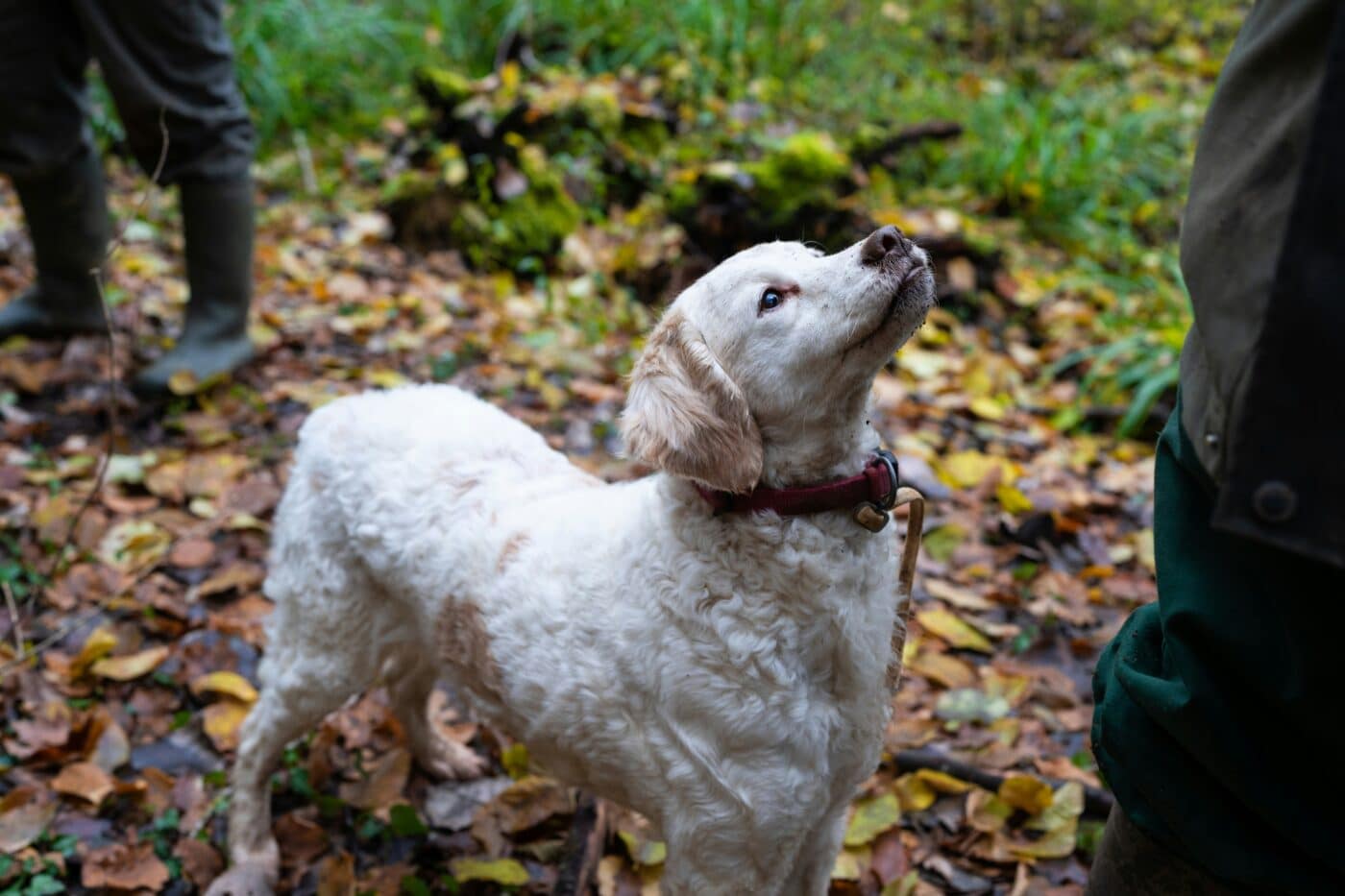 Shutterstock
Shutterstock
In environments with a lot of activity, noise, or stimuli, dogs can become overwhelmed, leading to barking at specific individuals. Sensory overload can heighten a dog’s anxiety, making them more reactive to people who stand out in the crowd or approach too quickly. Whether at a park, a busy street, or a bustling home, dogs may bark at certain people when they feel overstimulated and unsure how to process all the incoming information. Creating a calm environment can help dogs feel more secure and less likely to bark.
Health Issues
 Shutterstock
Shutterstock
Sometimes, a dog’s barking behavior is linked to underlying health issues that affect their ability to perceive or react to people. Dogs with vision or hearing impairments may bark at people they don’t recognize because they can’t see or hear them clearly. Additionally, dogs experiencing pain or discomfort may be more irritable and prone to barking, especially if someone gets too close. If a dog’s barking at certain people becomes a sudden or consistent issue, it’s worth consulting a veterinarian to rule out any health concerns contributing to the behavior.
Breed-Specific Traits
 Shutterstock
Shutterstock
Certain dog breeds are more prone to barking than others, and this trait can influence why they bark at some people and not others. For example, breeds like Terriers and Beagles are known for being vocal, often barking at anything that captures their attention. On the other hand, more reserved breeds like Basenjis or Greyhounds may bark less frequently but can still react to specific triggers. Understanding a dog’s breed-specific tendencies can help explain their barking behavior and guide training efforts to manage it more effectively.
Environmental Cues
 Shutterstock
Shutterstock
Dogs are incredibly observant of their environment; certain environmental cues can trigger barking at specific people. For example, if a dog is used to seeing the same people in their neighborhood, they might bark at newcomers or strangers. Similarly, dogs may bark at people who approach during certain times of day, like when the mail carrier arrives. These environmental patterns influence a dog’s perception of who belongs in their space and who doesn’t, leading them to bark at unfamiliar individuals.
 Shutterstock
Shutterstock
Dogs not properly socialized may be more likely to bark at unfamiliar people. Socialization during a dog’s early developmental stages is critical for helping them feel comfortable around various people, places, and experiences. Dogs that haven’t had enough exposure to different types of people may react with fear or aggression, leading to barking. Regular socialization with people of all ages, appearances, and behaviors can help dogs become more adaptable and less reactive to new faces.
Human Body Chemistry
 Shutterstock
Shutterstock
Dogs can pick up on people’s chemical signals, which may explain why they bark at certain individuals. Humans release pheromones and other scent markers that dogs can detect, and these chemical signals can convey information about a person’s mood, health, or emotional state. A dog may bark at someone whose scent is unfamiliar or whose body chemistry signals stress or fear. This sensitivity to human body chemistry allows dogs to react to people in ways that may seem puzzling to us but are instinctual to them.
The Surprising Science Behind Your Dog’s Selective Woofs
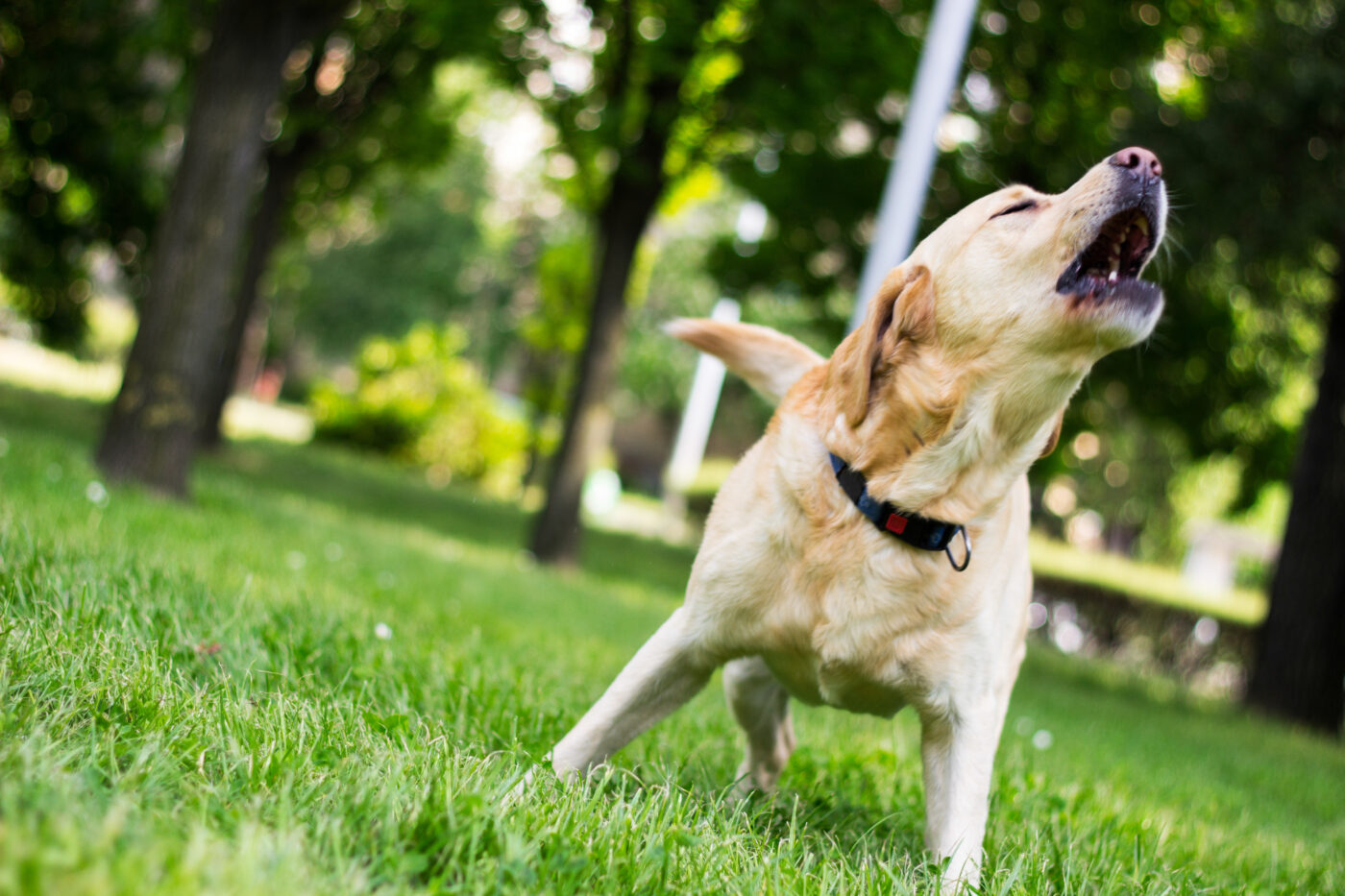 Shutterstock
Shutterstock
Dogs bark at certain people due to various factors, such as scent detection, body language, past experiences, and environmental cues. These behaviors are shaped by the dog’s instincts, training, and how they interpret signals from those around them. By understanding these causes, owners can more effectively manage their dog’s barking and make them feel more at ease in social situations. Through proper training, socialization, and recognizing their dog’s instincts, owners can build a stronger bond with their pets, fostering trust and promoting a happier, more comfortable relationship.

 1 month ago
12
1 month ago
12

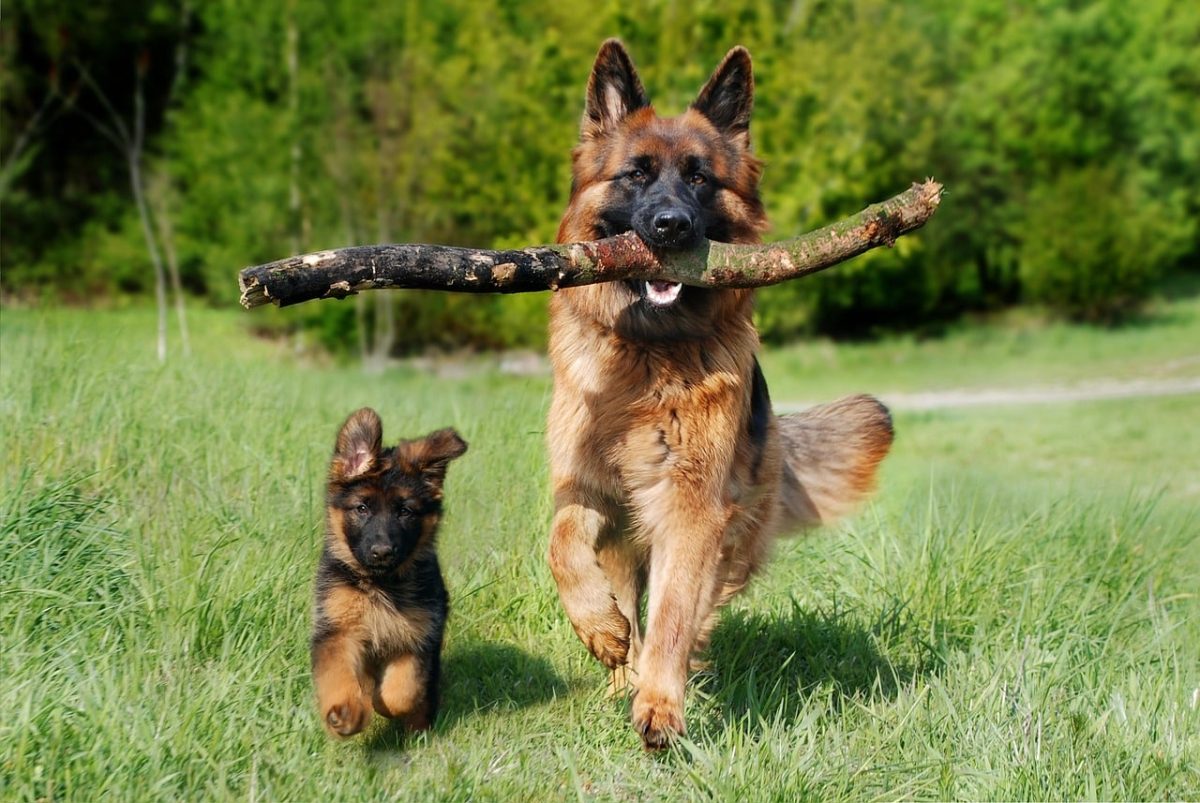



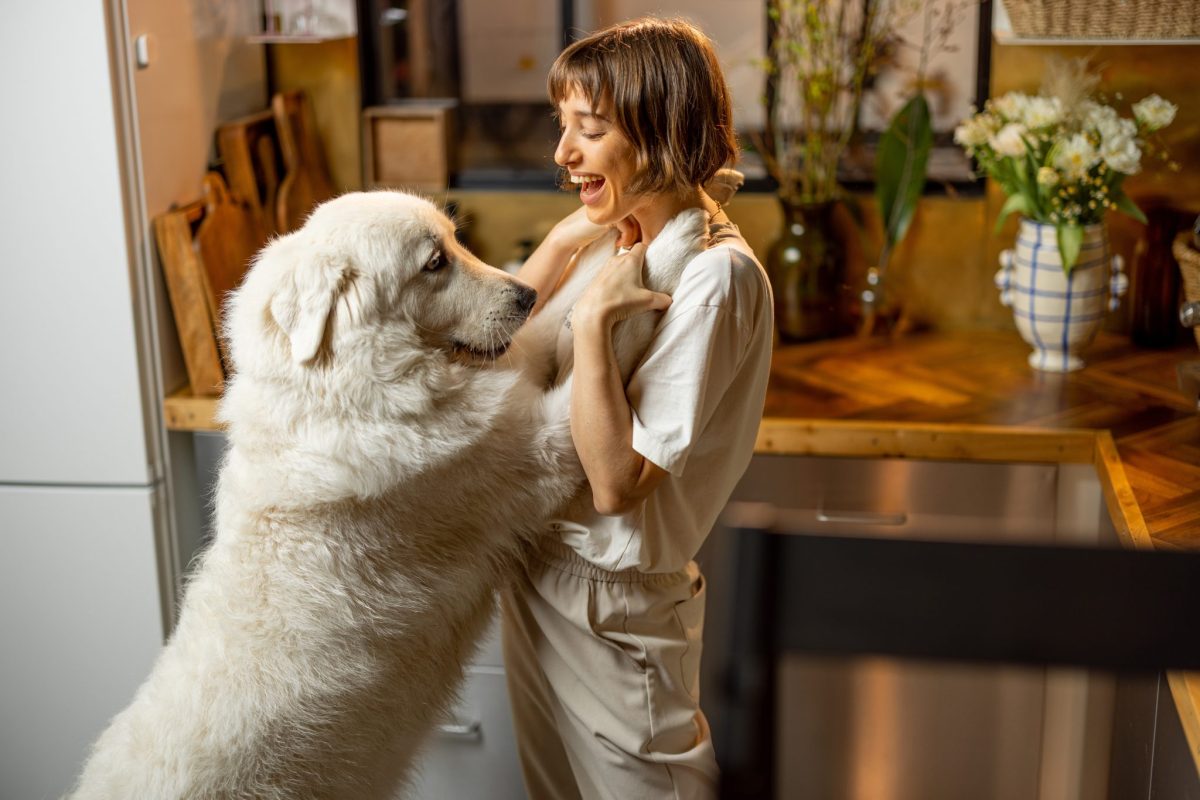

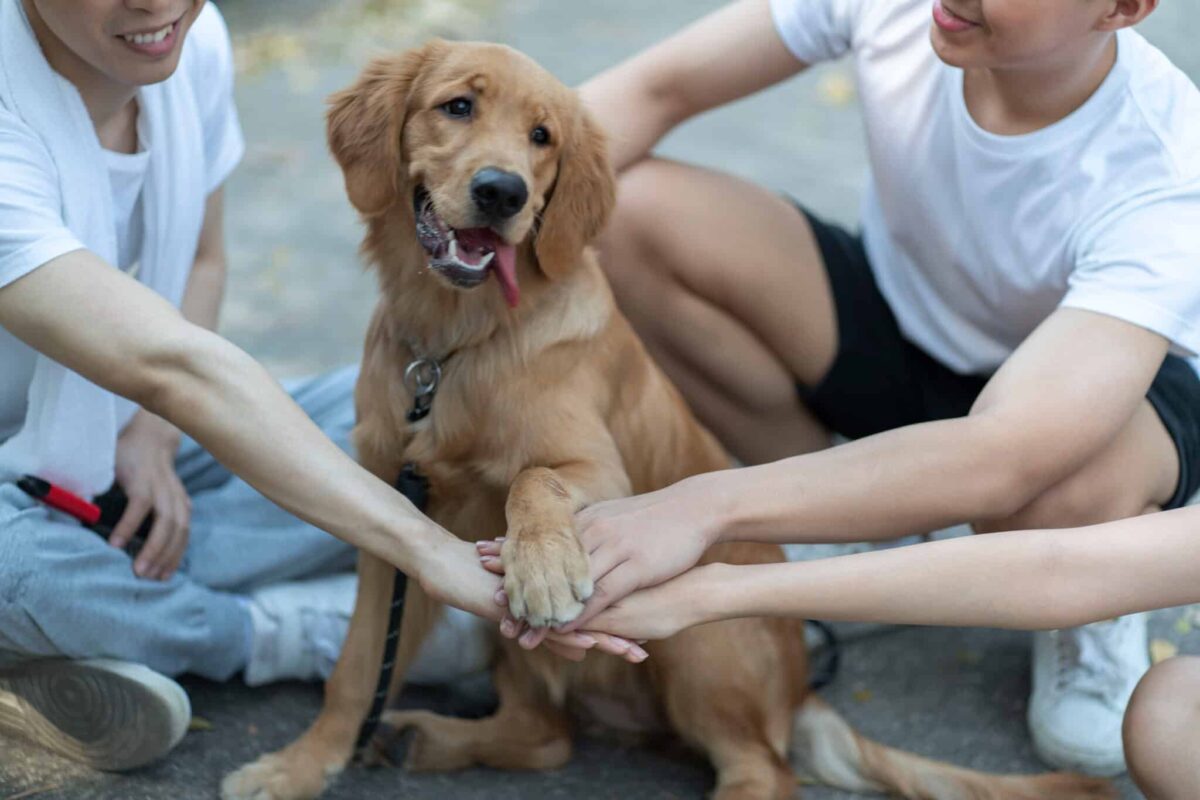




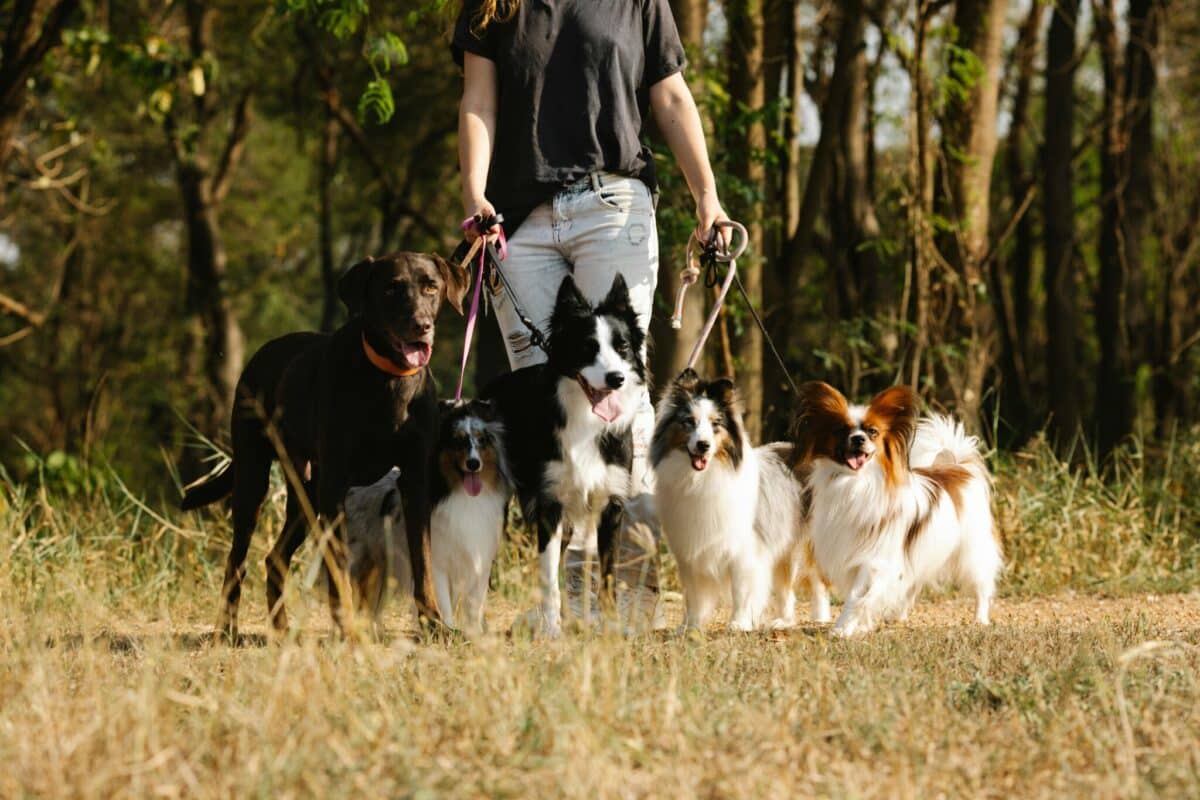




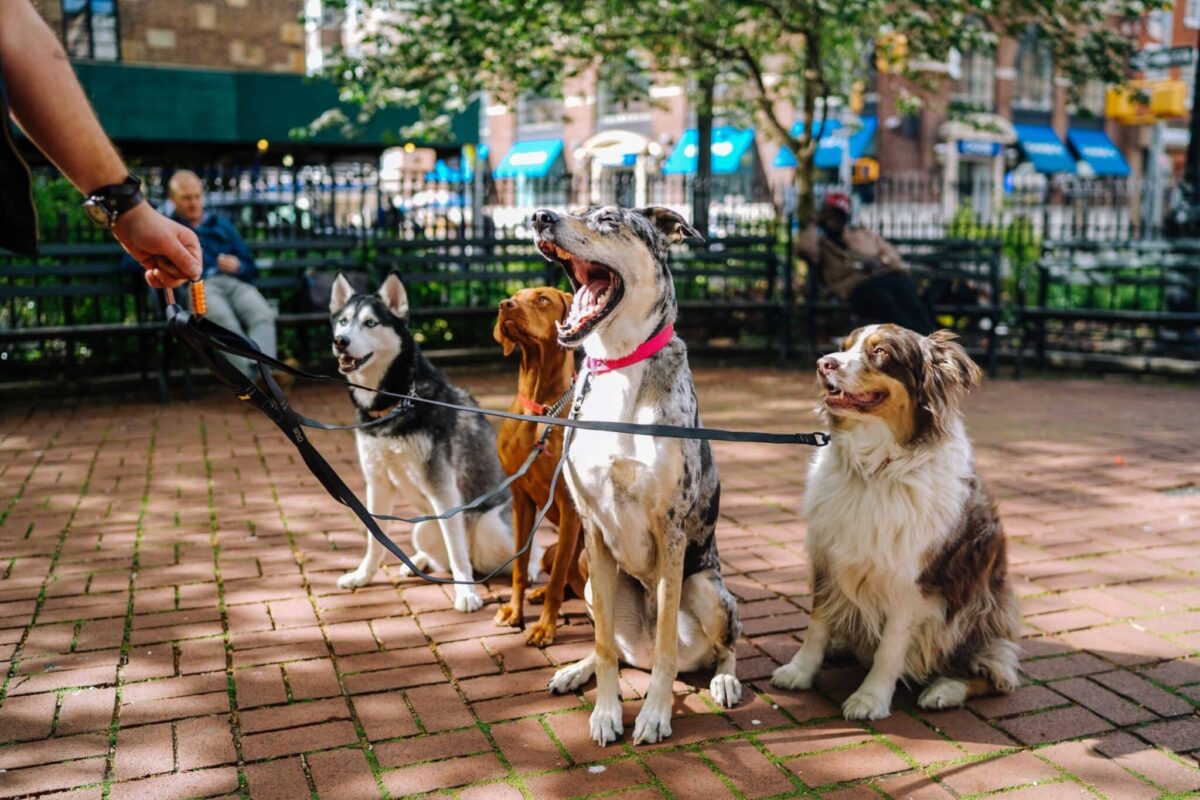
 English (US) ·
English (US) ·